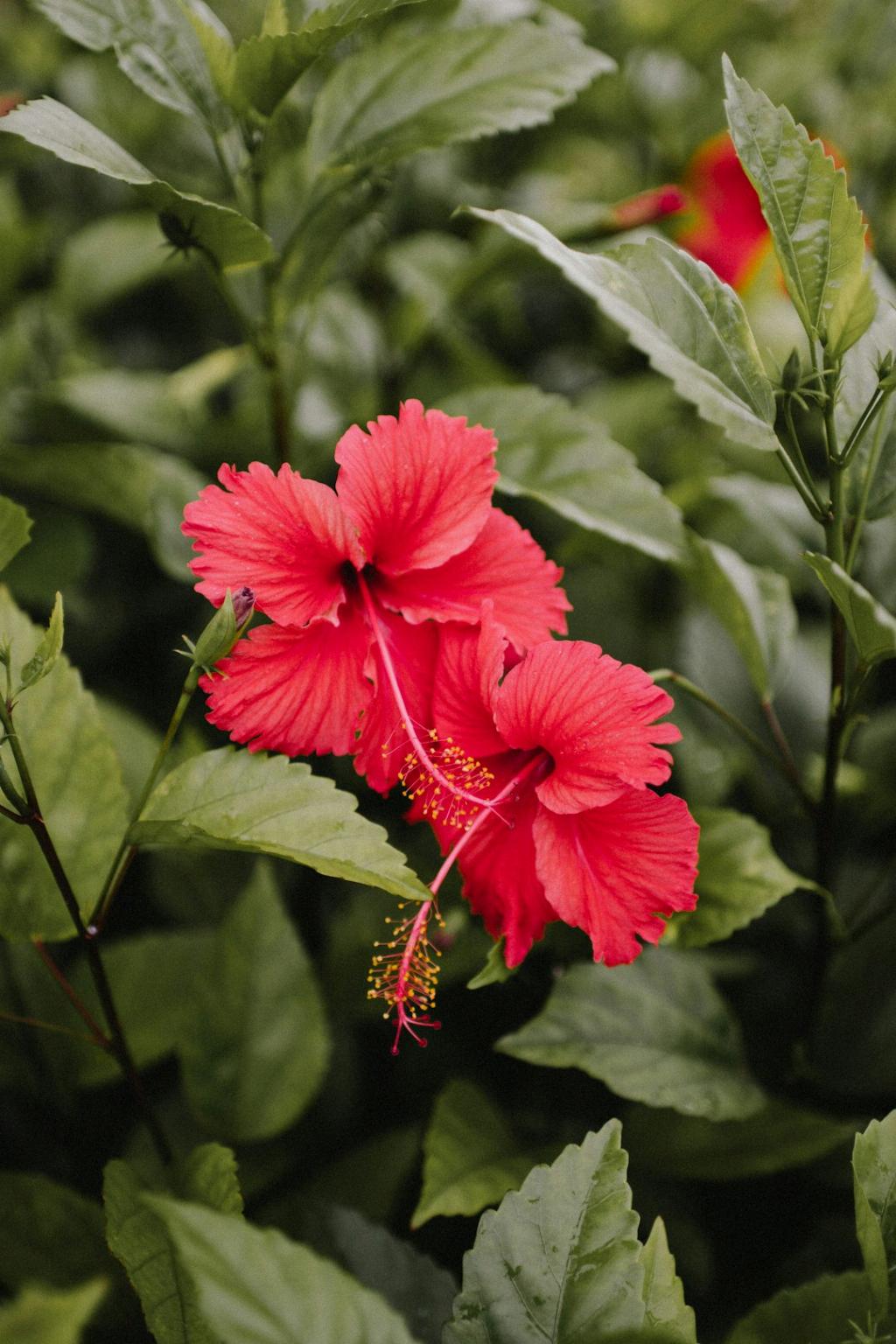When it comes to trimming a hibiscus tree, it’s essential to follow the proper techniques to ensure the health and vitality of the plant. Trimming a hibiscus tree not only helps maintain its shape and appearance but also promotes new growth and flowering. In this article, we will discuss step-by-step how to effectively trim a hibiscus tree to keep it healthy and thriving.
First and foremost, before you start trimming your hibiscus tree, it’s crucial to have the right tools on hand. You will need a pair of sharp pruning shears or loppers to make clean cuts on the branches. Ensure that your tools are sharp to prevent any tearing or damage to the plant.
When identifying which branches to trim, look for nodes that are facing outward. Outward-facing nodes promote outward growth, which helps maintain the hibiscus tree’s shape and structure. The new stems will grow in the direction of the nodes, so it’s important to trim strategically for optimal growth.
Before making any cuts, consider the overall shape of the hibiscus tree and decide on the desired outcome. Trimming should aim to remove dead, damaged, or crossing branches to improve airflow and sunlight penetration throughout the plant. This not only enhances the tree’s appearance but also reduces the risk of disease.
Start by identifying any dead, diseased, or damaged branches on the hibiscus tree. These branches should be removed first to prevent the spread of disease and encourage new growth. Make clean cuts close to the main stem or branch junction to promote healing and prevent potential infections.
After removing any dead or damaged branches, focus on thinning out overcrowded areas of the hibiscus tree. Overcrowding can lead to poor airflow and sunlight penetration, which can hinder the tree’s growth and flowering. Trim back any excessive growth to create a more open and balanced canopy.
When trimming branches, avoid cutting more than one-third of the branch length at a time. Overpruning can stress the hibiscus tree and affect its overall health. Make your cuts at a slight angle just above a leaf node to encourage new growth in the desired direction.
It’s important to prune your hibiscus tree during the appropriate time of year, ideally in late winter or early spring before the new growth begins. Avoid pruning in the fall or winter months when the plant is dormant, as this can inhibit new growth and flowering in the following season.
After trimming your hibiscus tree, be sure to clean your tools with a disinfectant to prevent the spread of any diseases between plants. Additionally, consider applying a balanced fertilizer to provide essential nutrients for new growth and flowering. Water the plant thoroughly after pruning to help it recover and adapt to the changes.
Regular maintenance and trimming of your hibiscus tree will help keep it healthy, vigorous, and beautiful. By following these guidelines and techniques, you can ensure that your hibiscus tree thrives and continues to bloom with vibrant flowers year after year.
Remember, each hibiscus tree is unique, so it’s essential to observe the specific needs and growth patterns of your plant when trimming. With proper care and attention, your hibiscus tree will reward you with lush foliage and stunning blooms for seasons to come.

